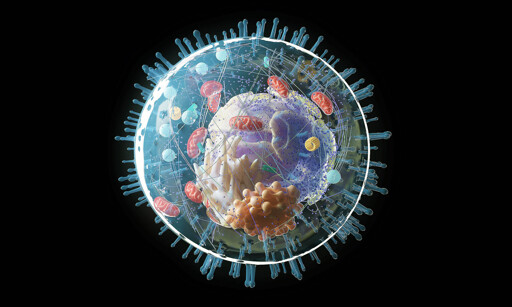In this study, the scientists simulated the process of spaced learning by examining two types of non-brain human cells — one from nerve tissue and one from kidney tissue — in a laboratory setting.
These cells were exposed to varying patterns of chemical signals, akin to the exposure of brain cells to neurotransmitter patterns when we learn new information.
The intriguing part? These non-brain cells also switched on a “memory gene” – the same gene that brain cells activate when they detect information patterns and reorganize their connections to form memories.



Is this the stuff responsible for organ donation receivers picking up traits of the donor?
Likely not that simple as there would be other factors at play, but good way of thinking. I’m no geneticist but that sounds like it may be a contributing factor, though memory in this case would be functional rather than personality-based.